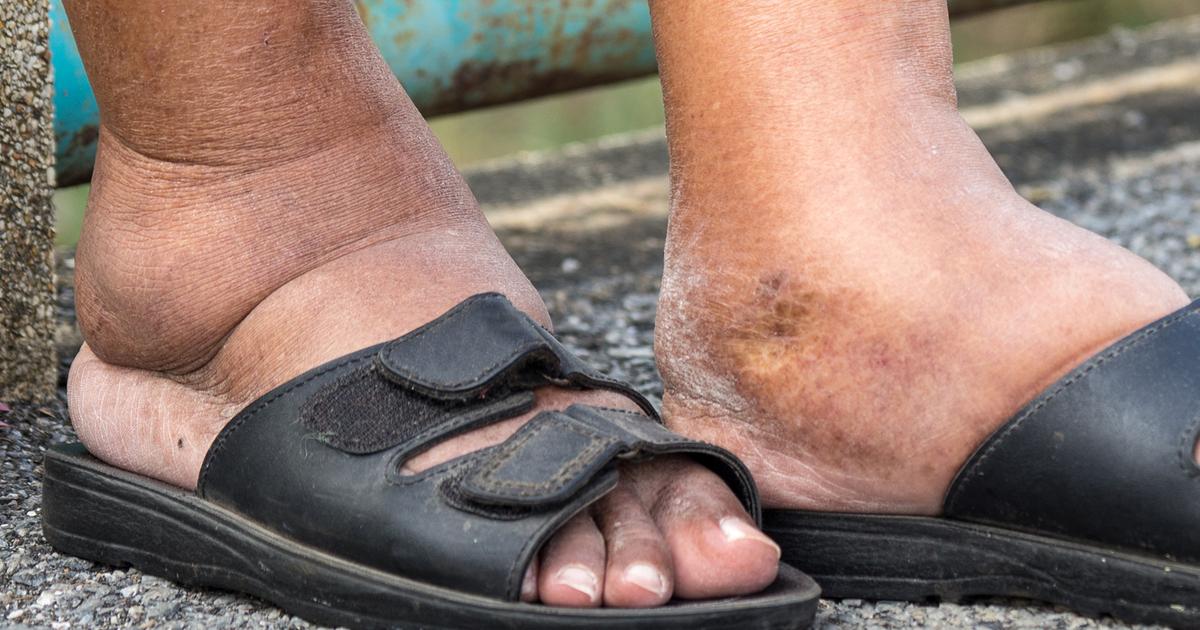Symptoms Linked To Eosinophilia-Myalgia Syndrome
Joint Pain
Joint pain is one of several symptoms that could occur during the early stage of eosinophilia-myalgia syndrome. For many patients, the early phase of the illness can last between three to six months. Patients may notice pain in their elbows, shoulders, wrists, knees, hips, and ankles, and both fine and gross motor skills may be affected. For example, the joint pain could make it difficult for patients to write or open jars, and they might also have trouble walking up or down stairs. Anti-inflammatory medications are normally effective for the treatment of joint pain, and patients with this symptom may want to try more powerful medications, too. The joint pain associated with eosinophilia-myalgia syndrome typically occurs in conjunction with a tingling sensation in the arms, hands, legs, or feet.
Discover additional warning signs of eosinophilia-myalgia syndrome now.
Swelling

The swelling (edema) associated with eosinophilia-myalgia syndrome most often affects the arms and legs, and it may also affect the face. Patients may notice only one limb is swollen, or they might have swelling in several limbs. Patients experience edema with this condition due to the abnormal accumulation of fluid it provokes. Along with edema, patients might develop an intensely itchy rash, and the skin over swollen areas may thicken and harden. Swelling normally presents in the acute phase of eosinophilia-myalgia syndrome, which lasts approximately three to six months. During the chronic phase of the condition, patients typically begin to experience the thickening and hardening of the skin over the swollen areas, most often in the arms and legs. Doctors will assess swelling with a visual inspection, and they will gently touch the affected areas to check for fluid beneath the skin. They will also want to compare one side of the body to the other to see if the patient's edema is worse on one side. Patients may be prescribed corticosteroids to ease swelling, and home treatments such as ice packs might help patients feel more comfortable.
Uncover more symptoms associated with eosinophilia-myalgia syndrome now.
